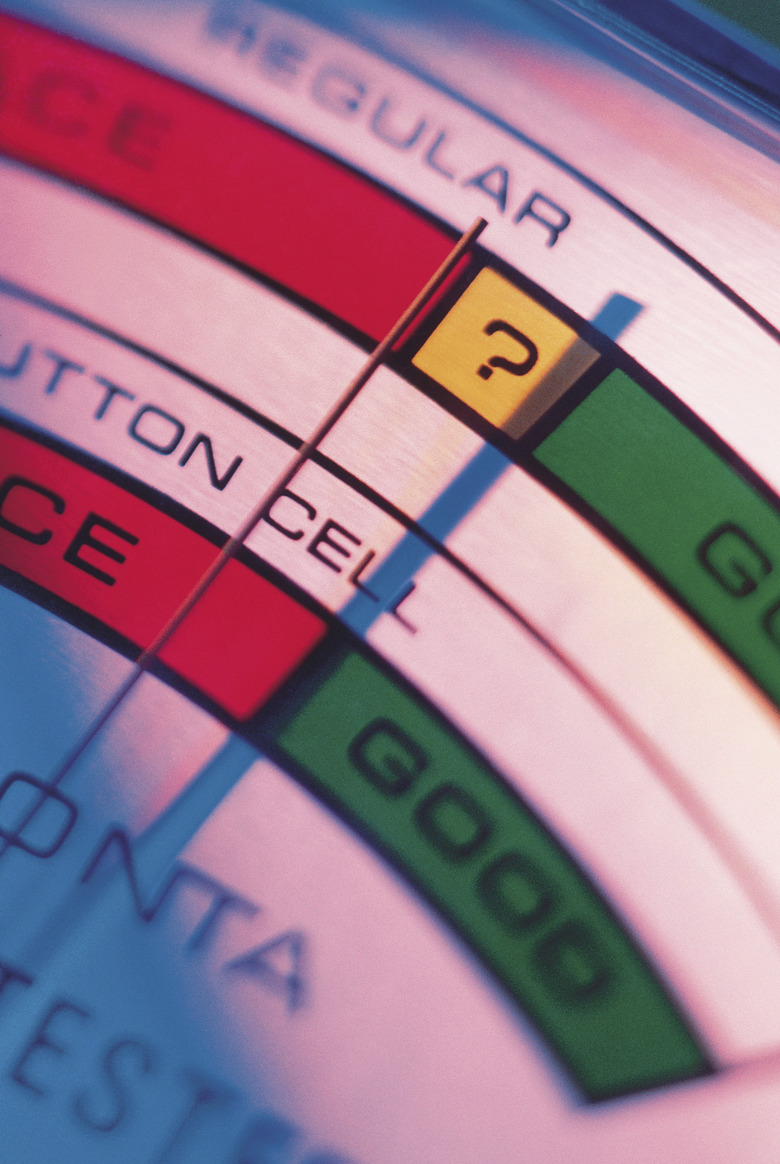What Is Ohm's Law & What Does It Tell Us?
Ohm's Law states that the electric current that passes through a conductor is in direct proportion with the potential difference across it. In other words, the constant proportionality results in the resistance of the conductor. Ohm's Law states that the direct current that flows in the conductor is also directly proportional to the difference between its ends. Ohm's Law is formulated as V = IR, where V is the voltage, I is the current and R is the resistance of the conductor. Ohm's Law represents the most important mathematical relationship between voltage, resistance and current.
Current
Current
According to Ohm's Law, current flows on a wire conductor like water flows down a river. On the surface of a conductor, current flows from negative to positive. The electrical current contained in a circuit can be calculated by dividing the voltage by the resistance. The current is proportional to the voltage and is inversely proportional to the resistance. In this way, an increase in the voltage will result in an increase in the current. This can happen only if the resistance stays constant. If the resistance is increased and the voltage is not, the current will decrease.
Voltage
Voltage
Voltage can be described as the difference in the electrical potential between the two points in the circuit. You can calculate voltage if the currant and the resistance in the circuit are known. If either the current or the resistance results in an increase in the circuit, the voltage will automatically increase.
Resistance
Resistance
Resistance determines how much current will pass through a component. Resistors can be used to control current and voltage levels. A high resistance will allow only a small amount of current to pass through. Conversely, a very low resistance will allow a large amount of current to pass through. Resistance is measured in ohms.
Power
Power
According to Ohm's Law, power is the amount of current times the level of voltage at a given point. Power is measured in wattage or watts.
Cite This Article
MLA
Ward, Kesha. "What Is Ohm's Law & What Does It Tell Us?" sciencing.com, https://www.sciencing.com/ohms-law-tell-8771790/. 24 April 2017.
APA
Ward, Kesha. (2017, April 24). What Is Ohm's Law & What Does It Tell Us?. sciencing.com. Retrieved from https://www.sciencing.com/ohms-law-tell-8771790/
Chicago
Ward, Kesha. What Is Ohm's Law & What Does It Tell Us? last modified March 24, 2022. https://www.sciencing.com/ohms-law-tell-8771790/
